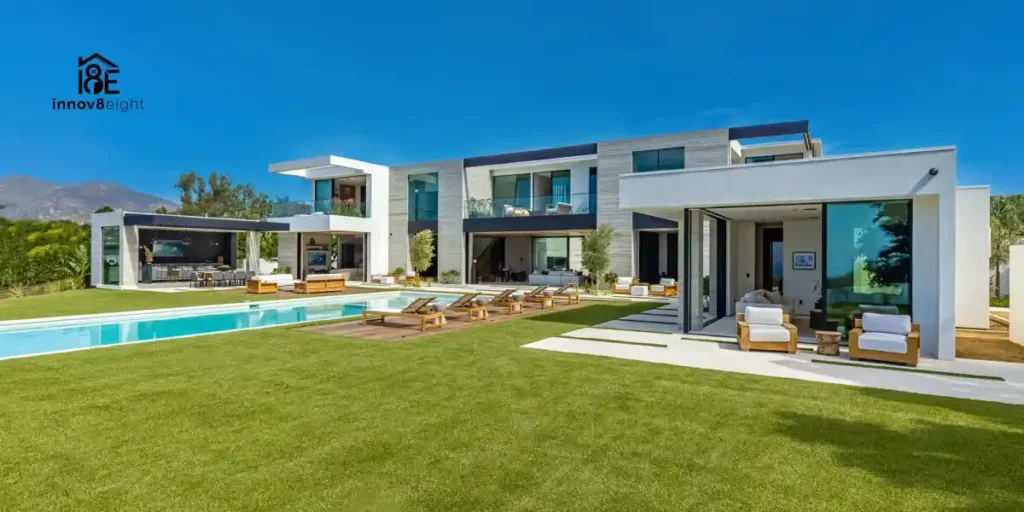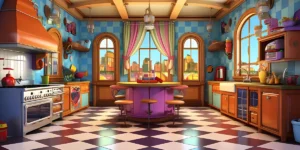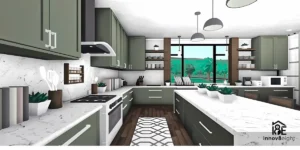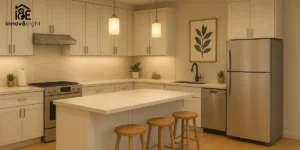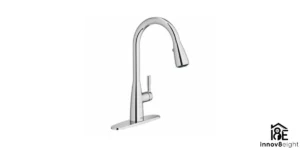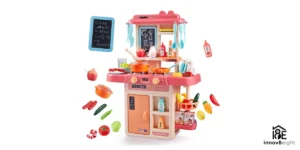In a world where uncertainty is becoming the new normal, home safety is no longer a luxury; it’s a necessity. From natural disasters to home invasions, pandemics to wildfires, families are looking for smarter, safer ways to live. That’s where defensively designed homes step in—not just as a trend but as the future of secure living.
These homes aren’t just about good locks or alarm systems. They’re thoughtfully constructed, combining architecture, technology, and sustainability to create living spaces that protect what matters most—your life, your loved ones, and your peace of mind.
What Are Defensively Designed Homes?
Defensively designed homes are residential structures built with an emphasis on safety, resilience, and preparedness. They incorporate both physical and digital design elements to defend against a wide range of threats, including:
- Natural disasters (hurricanes, wildfires, earthquakes)
- Home intrusions or burglary
- Power outages and energy dependency
- Health risks such as airborne illnesses
- Environmental concerns and sustainability
These homes use a combination of modern architecture, smart systems, and fortified materials to provide protection without sacrificing comfort or style.
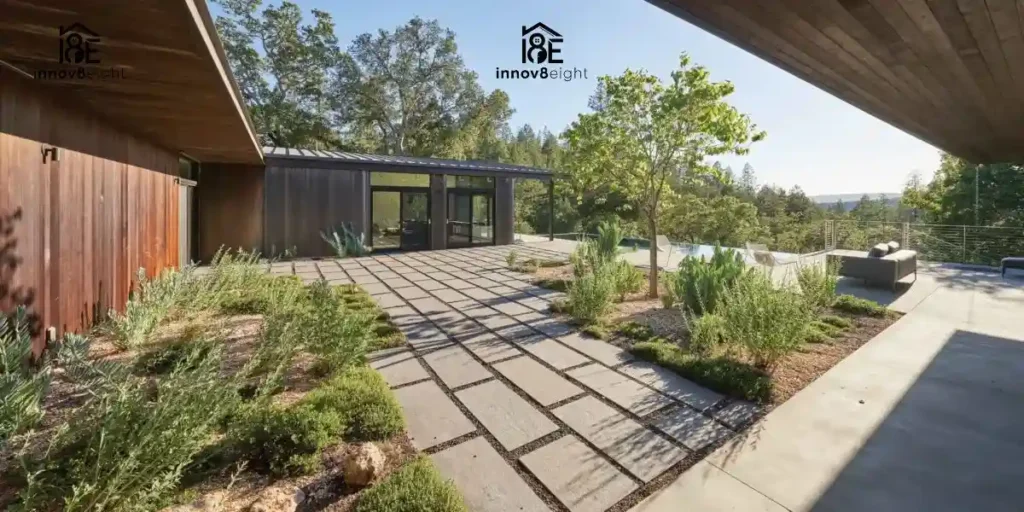
Why This Concept Is Gaining Momentum
1. Climate Change and Natural Disasters
With more frequent floods, fires, and storms, people are prioritizing resilient design. Defensively designed homes are engineered to withstand environmental extremes, using materials and layouts that reduce damage and enhance recovery.
Examples include:
- Fire-resistant exterior cladding
- Hurricane-proof windows and roofing
- Elevated structures in flood zones
- Earthquake-resistant foundations
2. Security Concerns Are Rising
Traditional home security systems are no longer enough. Defensive home design incorporates security at the architectural level. This includes:
- Reinforced doors and window frames
- Safe rooms with independent ventilation
- Gated layouts or secluded entry points
- Strategic landscaping that deters trespassers
Homeowners want spaces that deter, detect, and delay threats.
3. Energy Independence and Off-Grid Readiness
A defensively designed home doesn’t just guard against danger—it also ensures comfort during disruptions. Many of these homes come equipped with energy-resilient systems, such as:
- Solar panels with battery backups
- Rainwater collection systems
- Backup generators
- Smart thermostats and lighting
This self-sufficiency provides peace of mind during power outages or resource shortages.
4. Health-Conscious Architecture
The pandemic highlighted the need for health-aware spaces. Modern defensive homes now include features like:
- HEPA-grade air filtration systems
- Mudrooms and decontamination entries
- Touchless faucets and smart ventilation
- Zoned HVAC systems to isolate contaminated air
It’s about creating a home that promotes wellness and protects from invisible threats.
Key Features of Defensively Designed Homes
Here’s what sets these homes apart from traditional builds:
Building Materials
- Fire-retardant siding (e.g., fiber cement)
- Reinforced concrete or steel-frame construction
- Impact-resistant glass
Layout and Design
- Strategic room placement (e.g., safe zones or panic rooms)
- Window placement for natural surveillance
- Backup access points or emergency exits
Smart Technology Integration
- Surveillance systems with remote access
- Motion sensors and perimeter alarms
- Automated lockdown settings for emergencies
Self-Reliant Infrastructure
- Solar and battery power solutions
- Greywater recycling systems
- Passive heating and cooling design for energy efficiency
Benefits of Defensively Designed Homes
- Enhanced Safety – Protects against both human and natural threats.
- Lower Insurance Premiums – Many insurers offer discounts for secure, disaster-resistant homes.
- Energy Savings – Off-grid features reduce long-term utility bills.
- Peace of Mind – Know your family is safe, no matter what.
- Higher Property Value – Buyers value resilience and sustainability more than ever.
Who Are These Homes Ideal For?
- Families in disaster-prone regions
- Homeowners concerned with security
- Eco-conscious individuals
- Seniors or those with health vulnerabilities
- Remote workers who need dependable utilities
Whether you’re building from scratch or remodeling, defensive design is worth considering.
FAQs About Defensively Designed Homes
What does it mean when a home is “defensively designed”?
A defensively designed home is built to withstand threats—natural, manmade, and environmental. It combines smart architecture, durable materials, and integrated technology to create a secure and self-sufficient living space.
Can existing homes be modified to become defensively designed?
Yes, many elements—like reinforced doors, smart home systems, or air filtration—can be retrofit into existing structures. Full conversions may require architectural updates, but partial upgrades are common and effective.
Are defensively designed homes more expensive?
Upfront costs may be higher than traditional homes due to specialized materials and systems. However, they often pay off in the long run through lower energy bills, insurance savings, and reduced damage repair after emergencies.
Do defensively designed homes sacrifice aesthetics?
Not at all. Modern defensive homes are designed to blend security with beauty. Architects work to create spaces that are stylish, functional, and fortified—without looking like bunkers.
Final Thoughts: The Future of Safe, Smart Living
The world isn’t getting simpler—but our homes can get smarter. Defensively designed homes offer a forward-thinking approach to safe living, blending security, resilience, and sustainability into spaces that feel just as good as they function.
If you’re building or upgrading your home, consider defensive design not just as an option—but as a wise investment in your future. Because in a rapidly changing world, the best defense… starts at home.

